 | ||
Similar Juice, Apple, Water, Sugar, Cider | ||
Orange and apple juice recipe 02 law diet juicer recipe
Apple juice is a fruit juice made by the maceration and pressing of an apple. The resulting expelled juice may be further treated by enzymatic and centrifugal clarification to remove the starch and pectin, which holds fine particulate in suspension, and then pasteurized for packaging in glass, metal or aseptic processing system containers, or further treated by dehydration processes to a concentrate.
Contents
- Orange and apple juice recipe 02 law diet juicer recipe
- Production
- Health effects
- Apple cider
- Pasteurization
- Unpasteurized juice and foodborne illnesses
- Storage
- References
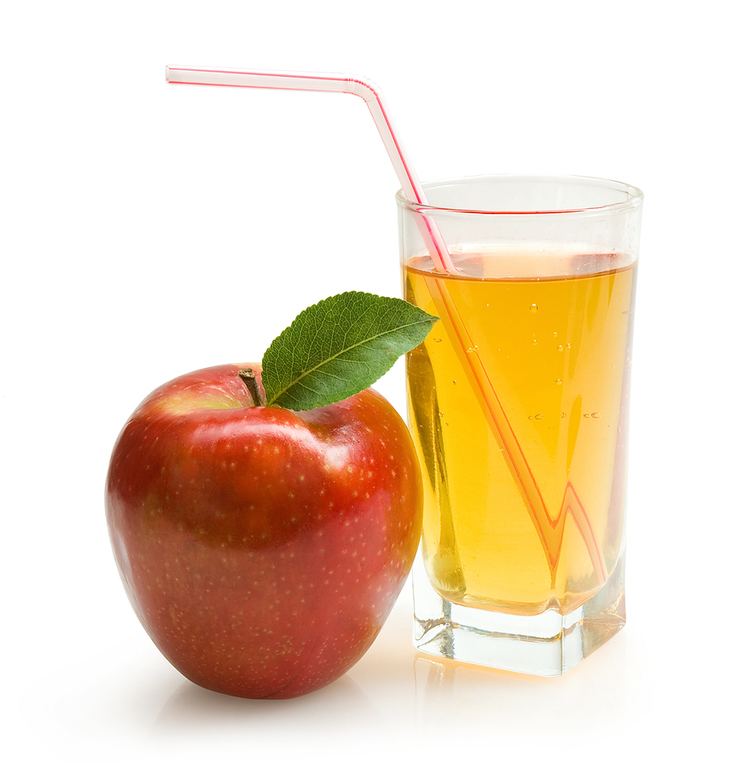
Due to the complex and costly equipment required to extract and clarify juice from apples in large volume, apple juice is normally produced commercially. In the United States, unfiltered fresh apple juice is made by smaller operations in areas of high apple production, in the form of unclarified apple cider. Apple juice is one of the most common fruit juices in the world, with world production led by China, Poland, the United States, and Germany.
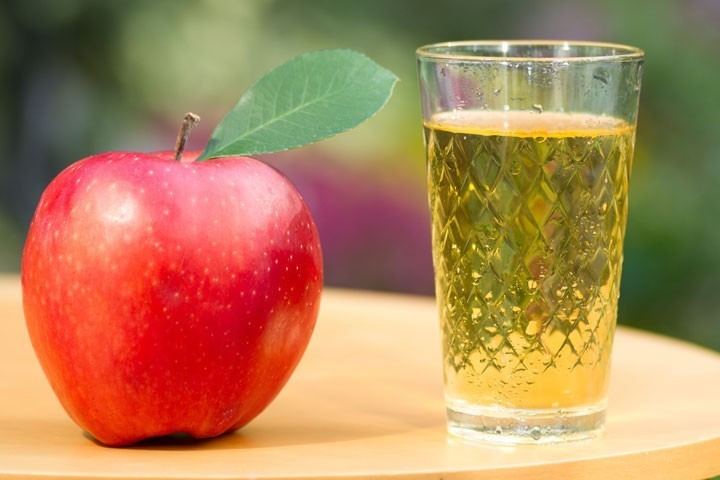
Production
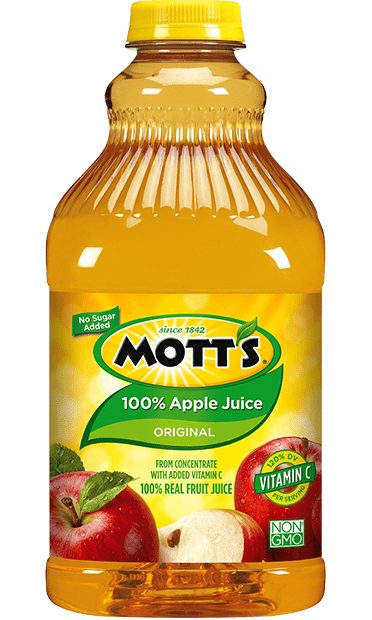
Apples used for apple juice are usually harvested between September and mid-November in the Northern Hemisphere and between February to mid April in the Southern Hemisphere. A common cultivar used for apple juice is the McIntosh. Approximately two medium McIntosh apples produce around 200mL of juice. After the apples are picked, they are washed and transported to the processing facility. The apples are then pressed and juiced right away to avoid spoilage. Depending on the company and end-product, the apples can be processed in different ways before pressing. Apple juice is then filtered, with the quantity of solid particles remaining partly defining the difference between apple juice and apple cider.
Health effects
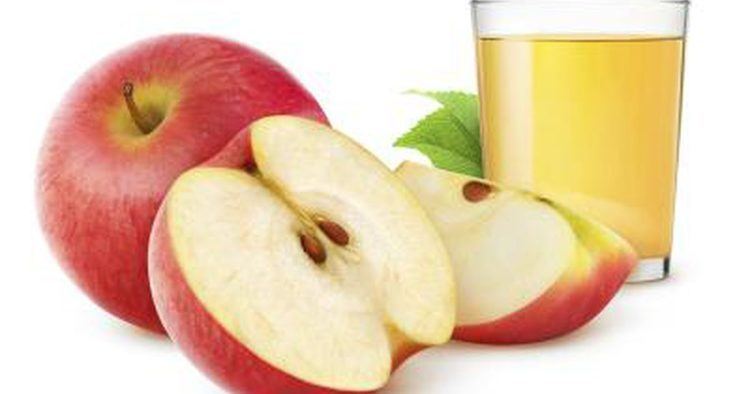
Vitamin C is sometimes added by fortification, because content is variable, and much of that is lost in processing. Vitamin C also helps to prevent oxidation of the product. Other vitamin concentrations are low, but apple juice does contain various mineral nutrients, including boron, which may promote healthy bones.
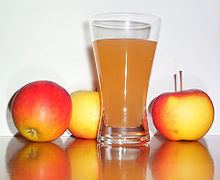
Apple juice has a significant concentration of natural phenols of low molecular weight (including chlorogenic acid, flavan-3-ols, and flavonols) and procyanidins. Apple juice has been shown to reduce oxidative stress on the brains of aging lab mice. Research suggests that apple juice increases acetylcholine in the brain, possibly resulting in improved memory.
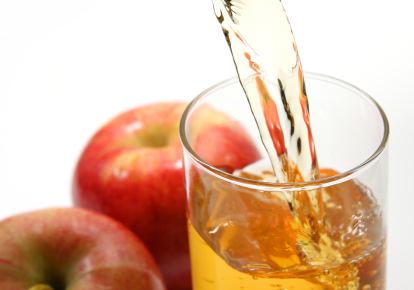
Despite having some health benefits, apple juice is high in sugar. It has 28 g carbohydrates (24 g sugars) per 230 g (8 ounces). This results in 130 calories per 230 g (8 ounces) – protein and fat are not significant. Also like most fruit juice, apple juice contains a similar amount of sugar as the raw fruit, but lacks the fiber content.
Apple cider
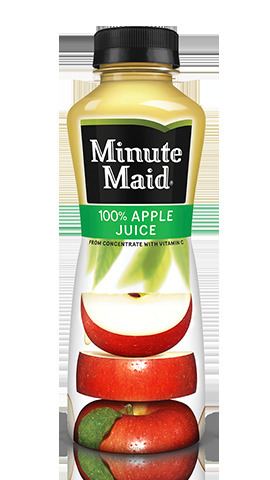
While apple juice generally refers to the filtered, pasteurised product of apple pressing, an unfiltered and sometimes unpasteurised version is of the juice commonly known as "apple cider" in the United States and parts of Canada. Seeking to capitalize on this, some makers of filtered and clarified juice (including carbonated varieties) label and sell their product as "apple cider". Legal distinctions are not universal, and elusive to apply.
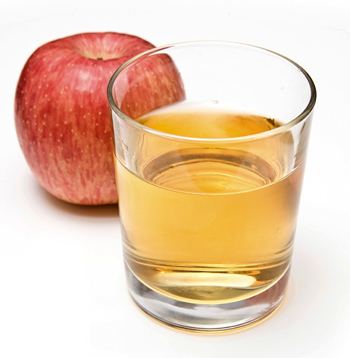
Elsewhere in the world, particularly in New Zealand, Australia and the United Kingdom, the simple term cider refers to fermented fruit juice, usually made from apples but also from pears; this alcoholic beverage is known as hard cider in much of North America.
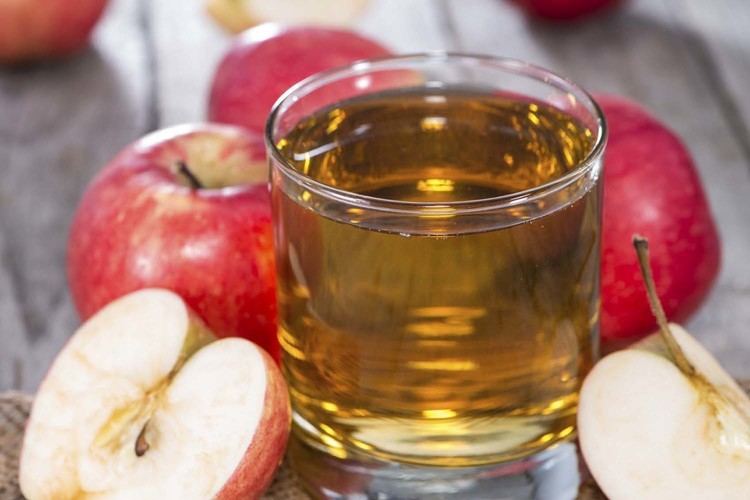
Apple cider tends to be a popular beverage in the winter, as it is easily able to be heated up and served similar to hot chocolate or coffee.
Pasteurization
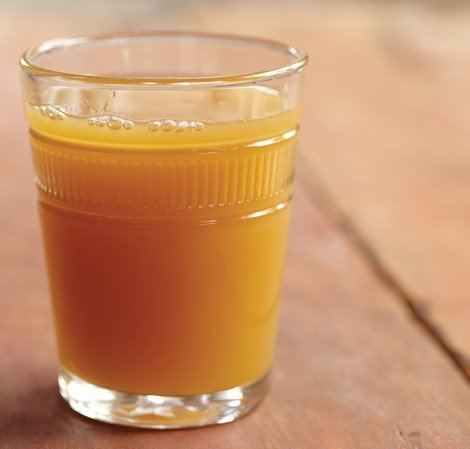
Because apple juice is acidic (with a pH of 3.4) it can be pasteurized for less time or at lower temperatures than many other juices. For this purpose, the U.S. Food and Drug Administration recommends the following thermal processing times and temperatures in order to achieve a 5-log reduction of Cryptosporidium parvum as this parasite is more heat resistant than E.coli 0157:

Unpasteurized juice and foodborne illnesses
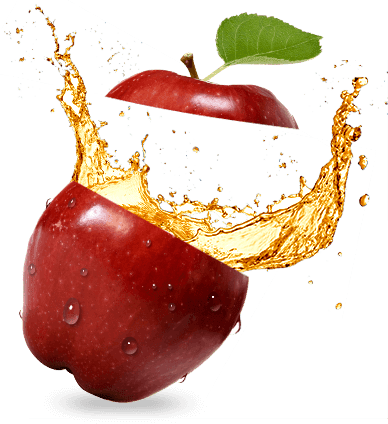
From 2000 to 2010 there were over 1700 cases in North America of illnesses related to drinking unpasteurized juice and ciders. The pathogens related to these foodborne illnesses included parasites, bacteria, and viruses. The most common pathogens were E.coli 0157 and 0111, Salmonella, Cryptosporidium, Clostridium botulinum, and Hepatitis A. Pathogens can be spread in a number of ways, such as contamination where the fruit is grown, being carried in contaminated containers, or due to poor handling and washing.
Storage
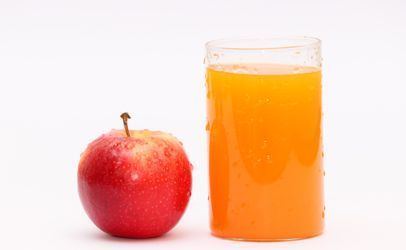
Fresh apple juice requires refrigeration. Sealed bottles of canned apple juice can be stored in a dark, cool place, such as a pantry or cupboard, to delay the degradation of the product. The appearance, texture, or taste of the juice might change over time.
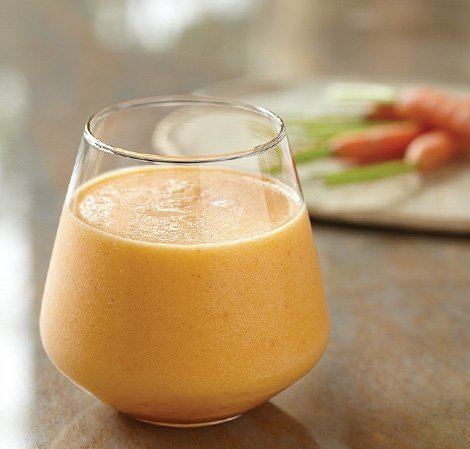
Once the juice package is opened, or if it was not sealed and shipped without needing refrigeration by the manufacturer, it must be resealed tightly and refrigerated to avoid contamination from microorganisms such as bacteria. The ideal storage temperature for apple juice is between 0 and 4 °C. Depending on the original package of the apple juice, it could help to transfer the contents to a new container. For example, if the original package was a Tetra Pak, which does not permit contact of the product with light, then it is safe to refrigerate as is. However, if the product was initially in a clear glass container, transferring the apple juice into an opaque container would help extend the shelf life of the juice. This may include a thermos or plastic bottle.
